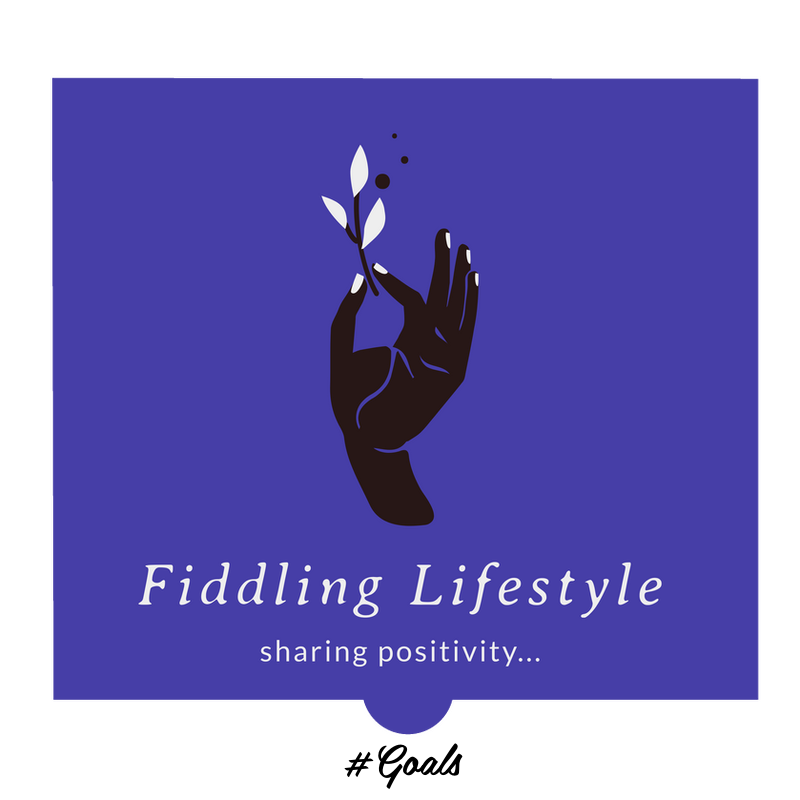Abhyanga and its Basics
- fiddlinglifestyle

- Apr 6, 2021
- 3 min read
Ayurveda mentions Abhyanga as one of the Dinacharya (daily routines). Abhyanga means body and hair massage with warm oil. The oil is the central component of this practice. When combined with different massage strokes, it promotes overall health and wellness.
Typically performed by a massage therapist, it is possible to do self-massage.
Ayurveda defines Abhyanga as, "Massage of the body with the help of Taila, Ghrita etc. in the same direction of the body (Anulomana Gati) is called as Abhyanga."The massage can be local particular to a specific part of body such as scalp, feet or abdomen or it can be done all over the body starting from scalp and ending at the soles of your feet.

By practising Abhyanga, one becomes more resistant to stress physical or mental. Sushruta explained that daily oil massage promotes glossy skin and reduces the signs of ageing.
Abhyanga done daily is best but "Sarvanga sundara teeka" says that if it is not possible to do Abhyanga daily, it must be done atleast in two to three days. Abhyanga should be done especially on head, ear and feet.
Padabhyanga or Feet massage makes skin soft, beautiful, provide strength and stability to feet, it reduces padsphutan, srama, sankocha, stiffness, roughness, fatigue and numbness of the feet are alleviated strength and firmness of the feet is attained. Vision is enhanced. It also prevents the sciatica, cracking of skin and other foot disease.
Benefits of applying oil to the scalp are also described in samhitas as Shiroabhyanga (scalp massage), makes hair thick, soft and glossy.
Similarly applying oil to the ears leads to benefits in the ear disorders which due to increased vata, stiff neck, stiffness in the jaw. etc. Sarangdhara (Ear massage) lists three kinds of topical applications antidosic, antipoisonous, cosmetics etc.
What types of oil should be used and how Abhyanga should be done?

Warm sesame oil is the best oil to perform oil massage. Sesame oil is fundamentally warming to the system and is best for late fall, winter and early spring days, as well as individuals with excess cold in the system.
Coconut oil is fundamentally cooling to the system and best for late spring, summer and early fall days, as well as individuals with excess heat in the system.
Traditional Ayurvedic oils incorporate healing herbs with the oil for increased benefits. The blend of herbs in the oil may benefit a particular Ayurvedic constitution or address specific imbalances.
Contraindications of Abhyanga
Abhyanga should not be done in a person suffering from kapha disorder, after purificatory procedures, if indigestion exists (after diarrhea or food poisoning).
Abhyanga should be avoided when fever is present
It should not be followed after emesis or vomiting, if you are on purgatives or laxatives, or enema and in over nourished disease like prameha (Prameha is a syndrome described in the ancient Ayurvedic texts that include clinical conditions involved in obesity, prediabetes, diabetes mellitus, and metabolic syndrome.).
Steps to perform the self-abhyanga
Brush your skin with a dry brush to remove dead skin, dirt, and debris from its surface as well as prepare the skin’s pores for receiving the oil.
Warm your oil – you can microwave for 20-30 seconds or rub the oil between your palms if you are short on time.
Gently but firmly, massage your body all over: begin with the neck or start with your scalp, working your way down to your feet. Pay extra attention to the soles of your feet, as they contain all the nerve endings and important marma points, or conjunctions of prana, life force energy.
Let the oil sit for 5-10 minutes. Don’t skip this step, as abhyanga’s deeper benefits depend on the body’s absorption of the oil and herbs. It takes a few minutes for the oil to penetrate to the deepest layers of the skin, and other several minutes for it to penetrate the tissues of the internal body. This is an excellent time to prepare some tea or practice some deep breathing or meditation.
Rinse excess oil with a cold shower on warm days, or a cool shower (but not hot) on cold days. Don’t skip this step either, as excess oil will clog the pores.
As always, references are posted below if you would like to read the whole research article, and don't forget to add comments/feedback as it helps me to know what type of articles you like to read.
References:
Charaka, Charaka Samhita vol-I ,20th edition, edited by Rajeshwara Datta Shastri, Chaukhamba Bharati Academy, Varanasi - 1994. 2)
Sushruta, Sushruta Samhita vol I,8th edition, edited by Kaviraj, Ambikashastri Datta, Chaukhamba Sanskrit Sansthan, Varanasi - 1992. 3)
Shrimad Vruddha Vagbhata’s Ashtang Sangraha,Vol-I edited by Dr. Ravi Datta Tripathi, Chaukhamba Sanskrit Pratishthan Varanasi,1996; 46-3/60.
Kaushal, S., Lohith, B. A., & Ashvini, M. K. (2017). Abhyanga: Different contemporary massage technique and its importance in Ayurveda. Journal of Ayurveda and Integrated Medical Sciences| May-June, 2(3), 245.
Wankhade, S. S., & Thorwat, V. K. SCIENTIFIC SIGNIFICANCE OF ABHYANGA (MASSAGE). DEERGHAYU INTERNATIONAL.
Dr. Claudia Welch. https://drclaudiawelch.com/abhyanga-ayurvedic-oil-massage/





Comments